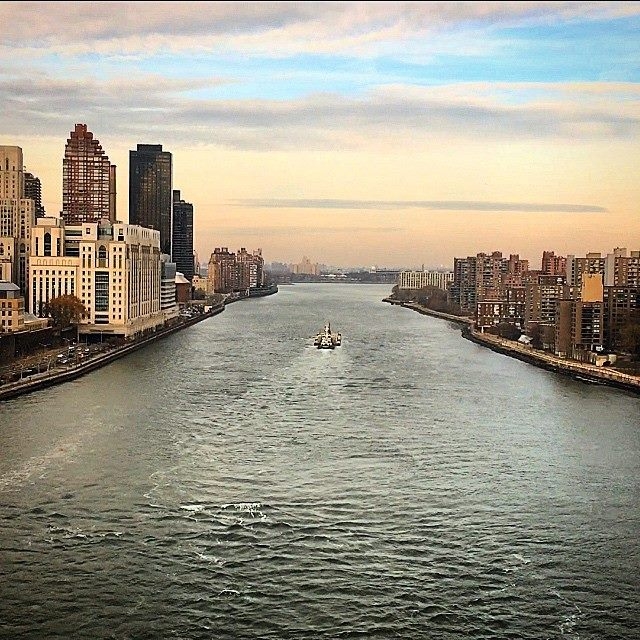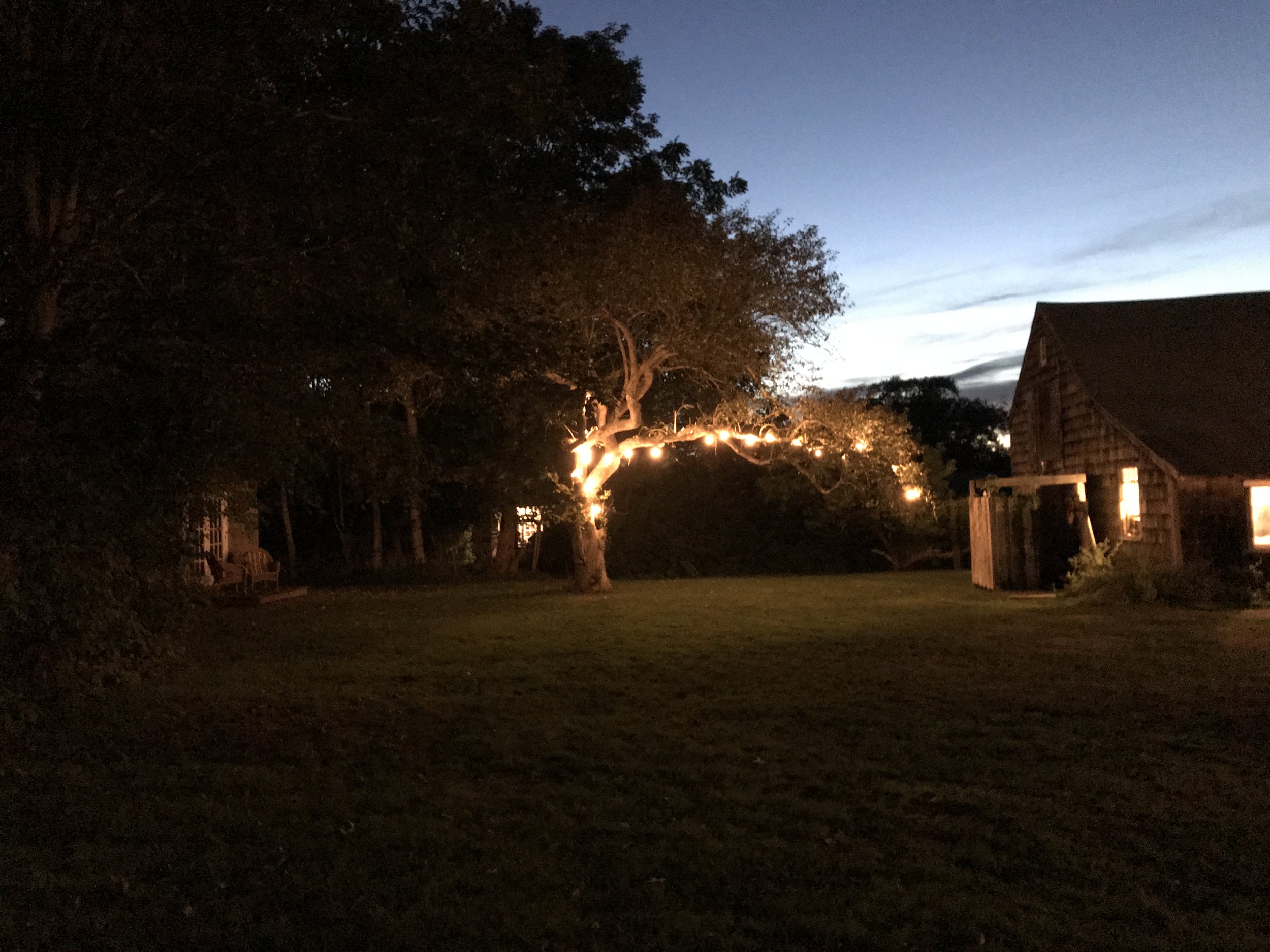In 2019 I wrote an architectural monograph about an obscure house in Bridgehampton, New York by the famed Long Island architect, Norman Jaffe. While the house was and still is a stunner and the family who commissioned it (and the monograph) are fascinating I was most intrigued by the mystery that still stirs around the disappearance of Jaffe himself.
On a late August morning in 1993 the architect went for a swim on a beach just around the corner from the house I wrote about and disappeared. While officially called a drowning, his body was never recovered and whispers of foul play or a faked death still circulate on the east end of Long Island to this day.
This story led to Amy Devers and I teaming up in 2020 to create a more sinister sister series to her excellent design podcast, Clever. We wanted to tell the lesser told stories of the darker side of design — the shadowy, sometimes sordid tales hiding under a glossy topcoat of respectable legacy.
And that we did…for six episodes. You can, and should, go find those wherever you listen to podcasts. They exist under the name Clever Confidential and I gotta say, they’re pretty damn good..
But, as happens in life, a few unforeseen wrenches were thrown in our works. For now, we’ve shelved the fledgling podcast, but I can’t stop thinking about all the mysteries the design world still holds, particularly Jaffe’s.
Inspired by author and Jaffe expert Alastair Gordon’s continued quest to spread the Jaffe gospel far and wide — and in doing so perhaps crack the case wide open someday — I wanted to revisit the very first story we told, with the help of Gordon, on Clever Confidential.
So what you are about to hear is a completely re-recorded, retooled, remixed, and reformatted version of Episode One of Clever Confidential, “The Strange Disappearance of Norman Jaffe,” and an interview with Gordon. This also seemed like a good way to do my part and let you know about a documentary Gordon is in the midst of producing on Jaffe. A film that has long been in the works but now should be finished by the end of 2025. It’s called “Norman Jaffe: Hugging the Earth, Embracing the Sky, An Architect's Odyssey.”
I’ve split what you are about to hear into two episodes, the first, which you are listening to, outlines Jaffe’s life and mysterious disappearance. The second features our interview with Gordon back in 2020. Enjoy!














